Mr. Trieu Van Liu, from Ha Son village, Pu Nhi commune (Muong Lat district), shared about the effective traditional remedies of his ethnic group.
Effective remedies...
Ha Son village, in Pu Nhi commune, lies peacefully amidst high mountain ranges. After the rain, the sun shines, and medicinal plants thrive. Mr. Trieu Van Liu, Party Secretary and Head of Ha Son village, takes advantage of this time to go into the forest to find ingredients for the prescriptions his customers have ordered. He said, "To harvest these precious medicinal plants, we have to go to the high hills near the border."
When asked how many medicinal plants are there in the forests of Muong Lat district, Mr. Liu pondered for a moment before shaking his head: "I don't know for sure, but there must be hundreds." Besides the medicinal plants he could identify by name, there were many others he recognized but didn't know the names of. However, he knew for certain what diseases those plants could cure. The most valuable plants he wanted to mention were: blackthorn, blood grass, Polygonum multiflorum, golden flower tea, stone ginseng, yam, duckweed, goosefoot, and ginseng... These are wholesome herbs, each with its own unique uses in treating common ailments such as anemia, premature graying, snake bites, insomnia, colds, back pain, liver pain, arthritis, colitis, stomach pain, indigestion, and poisoning... The advantage of these medicines is that they don't cause side effects, are easy to prepare, and easy to drink.
Besides their individual uses, the leaves, bark, and roots of these forest plants, when combined, create countless other medicinal remedies. According to Mr. Lĩu, the Dao people in Mường Lát are most famous for their remedies for women's ailments, such as postpartum conditions, menstrual regulation, and postpartum baths; and skin diseases such as measles, shingles, chickenpox, hand, foot, and mouth disease.
It is known that Mr. Liu's family is one of the 10 families in Ha Son village that have been granted a certificate to practice traditional medicine. At over 60 years old, he has practiced for more than 30 years, curing many people of their illnesses. Many of his family's traditional remedies have been studied, recognized, and highly appreciated by experts.
The village of Ha Son has over 50 households, all of whom are Dao ethnic people. Almost every household knows how to prepare and administer traditional medicine. Previously, these herbal remedies were only used to treat family members and neighbors. Over time, the effectiveness of these remedies spread, and more and more people from afar came to seek them. The villagers then began to think about developing the profession of traditional medicine, with the elders passing the knowledge down to the younger generation. In this way, the traditional medicine practice of the Dao ethnic people has been preserved and developed.
...become a sustainable livelihood
In recent years, thanks to cultivating and trading medicinal plants such as ginseng and cardamom, the villagers have been able to improve their lives. New, spacious houses have been built, and children receive a proper education.
In Ha Son village, there are currently more than 10 households that have been granted certificates to practice traditional medicine. Families with certificates practice traditional medicine to treat illnesses; other families go into the forest to gather medicinal plants to sell or cultivate, chop, slice, and process them to earn income. Mr. Liu estimates that, on average, the traditional medicine profession provides the people here with a stable monthly income of 3-5 million VND. In 2024, the total average per capita income in Ha Son village reached over 37 million VND, and the poverty rate was only 2%.
However, according to village head Trieu Van Liu, most of the "healers" in Ha Son are family healers, and their reputation and prestige are only based on word-of-mouth. Their qualifications haven't been verified, so the practice of traditional medicine here remains small-scale. On another note, the indiscriminate gathering of medicinal plants by the villagers will lead to the depletion of rare and valuable herbs. Nowadays, many people compare going into the forest to "hunting" rather than "picking." To find some rare and endangered medicinal plants, they have to go high up into the mountains, a very arduous task. Furthermore, the lack of arable land and economic difficulties mean that people only exploit the resources without paying attention to cultivating and protecting these rare medicinal plants. Therefore, every time he goes into the forest to gather herbs, if he sees a plant growing abundantly, he pulls up a small branch to plant; if a plant can be propagated by cuttings, he brings it back. The medicinal herb garden around his house is the result of decades of searching for herbs in the forest.
It is known that currently, the people of Ha Son have proactively cultivated 50% of their raw materials, while the remaining 50% still have to be found in the forest.
Like many other ethnic minority people, Mr. Liu hopes to have classes to introduce medicinal plants and cooperatives specializing in growing and processing traditional medicine, in order to contribute to the preservation and development of medicinal plants and valuable traditional remedies of his ethnic group.
Text and photos: Tang Thuy
Source: https://baothanhhoa.vn/ban-dao-thoat-ngheo-nho-cay-duoc-lieu-249781.htm


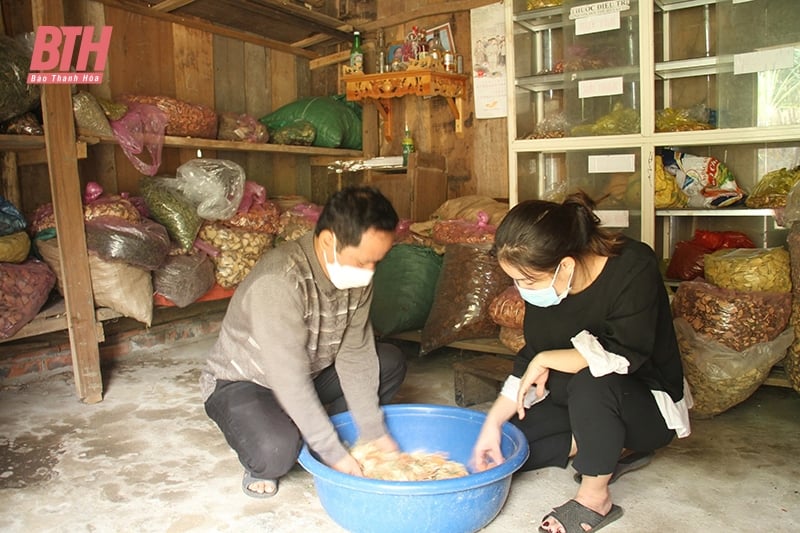





![[Image] Central Party Office summarizes work in 2025](/_next/image?url=https%3A%2F%2Fvphoto.vietnam.vn%2Fthumb%2F1200x675%2Fvietnam%2Fresource%2FIMAGE%2F2025%2F12%2F18%2F1766065572073_vptw-hoi-nghi-tong-ket-89-1204-jpg.webp&w=3840&q=75)












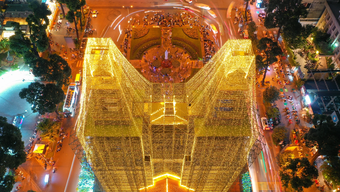





























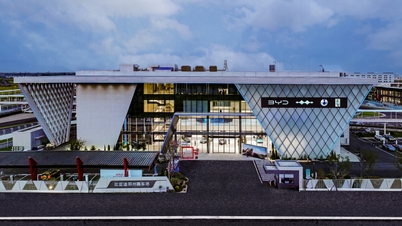



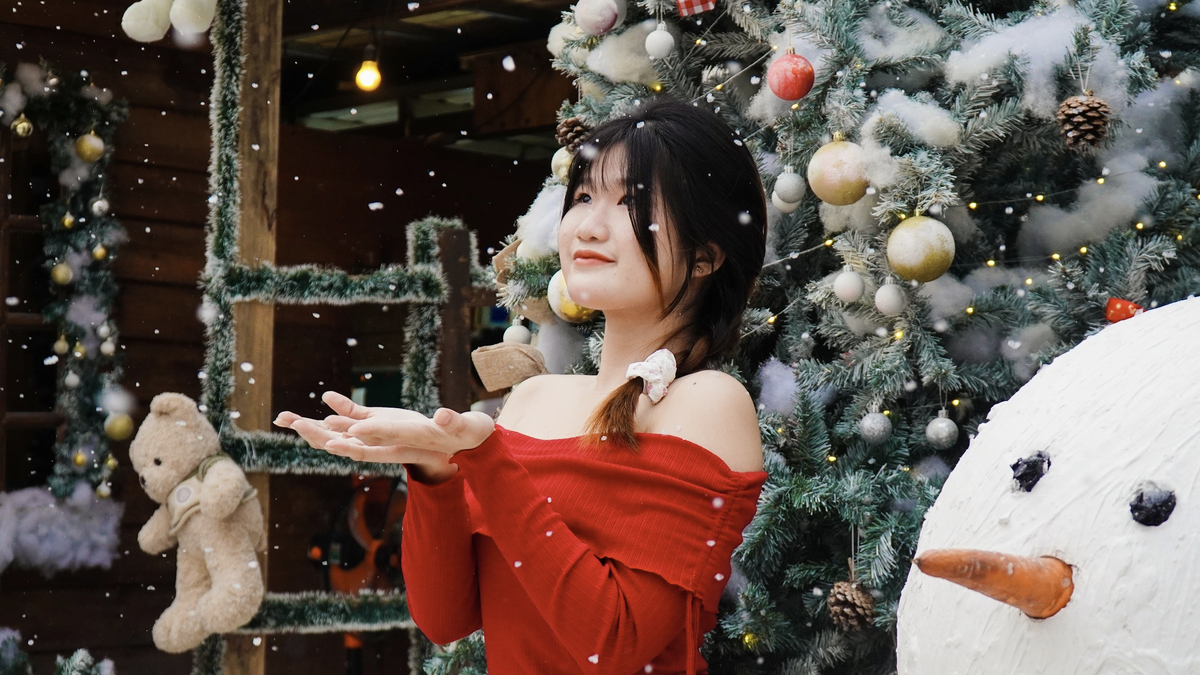


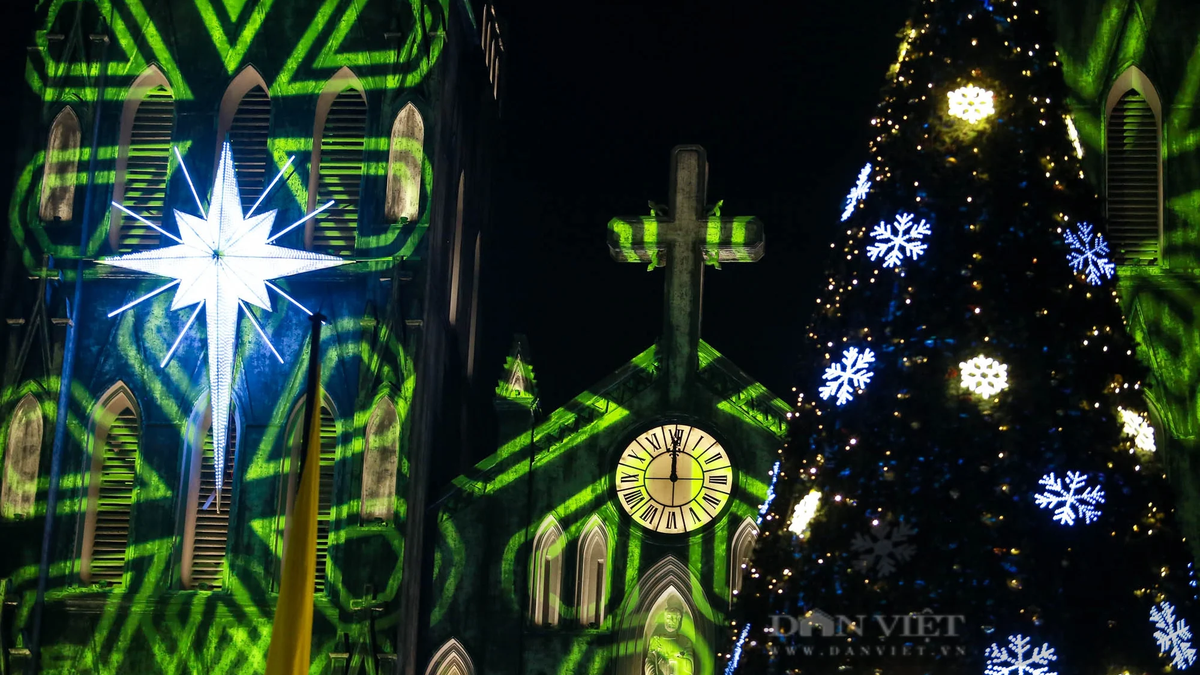








































Comment (0)